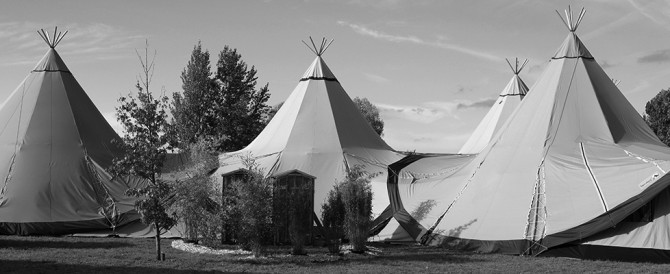Native Americans
Native Americans, after years of discrimination and neglect, began organizing in the 1960s, alongside the Civil Rights movement. Since then, Native American communities have continued to recover and grow, and now play a greater role in the economy and in their own communities. Native American communities typically form their own governments, which in turn deliver services such as social programs, housing, health care, law enforcement, firefighting, and natural resource management. Some tribes have even formed their own colleges. Their court systems deal with local justice issues, where what is known as restorative or rehabilitative justice focuses on the individual needs of the victim and the offender, providing them with the resources and assistance they need to re-integrate into the community.
Legal Issues
Native Americans face varying legal issues. The Native American Housing and Self Determination Act was passed in 1996, and offered funds to tribes so that they could address their own housing needs. Simultaneously, public housing provided by the Housing Act of 1937 was replaced. Affirmative Action, which helps Native Americans to access to education and employment, is another initiative designed to proactively promote equality. American Indians and Alaska Natives may self-identify on applications to universities, scholarships, and jobs. However, the self-identification measure, which was designed to make it easier for minority groups to report their ethnicity and/or cultural heritage has been taken advantage of by non-ethnic groups, who may “check the box” either purposefully or erroneously. The American Bar Association (ABA) has spoken out about this and now requires that law schools that select entrants based on Affirmative Action principles now require evidence of ethnicity such as enrolment in a tribe or proven connection to Native American culture.

Affected Groups
There are approximately 2,800,000 Native Americans living in the United States. However, more than one third of these persons are concentrated in three states: California (413,382), Arizona (294,137), and Oklahoma (279,559). In 2012, the vast majority of Native Americans were living in cities, which was far from the case in earlier years – for instance, in 1940 only 8% of Native Americans lived in urban areas. The cities that have the highest populations of Native Americans include Minneapolis, New York, Oklahoma City, Chicago, Tucson, Phoenix, and Houston.
Challenges
Racism and social discrimination towards Native Americans remains an important issue. In the past century, Native Americans have been less visible than other minority groups, such as blacks or Hispanics. As a result, there has been relatively little research done to identify areas of development in attitudes and stereotypes of Native Americans. In 2007, a study conducted by Public Agenda asked non-Native individuals to report on their interactions with Native Americans. Most indicated they had interacted with Native Americans in their everyday lives. Many were sympathetic towards the history of oppression experienced by Native American tribes, but few had a comprehensive understanding of the problems that contemporary Native Americans face. Native Americans responded that they continue to feel marginalized and face discrimination and unequal treatment in American society.
